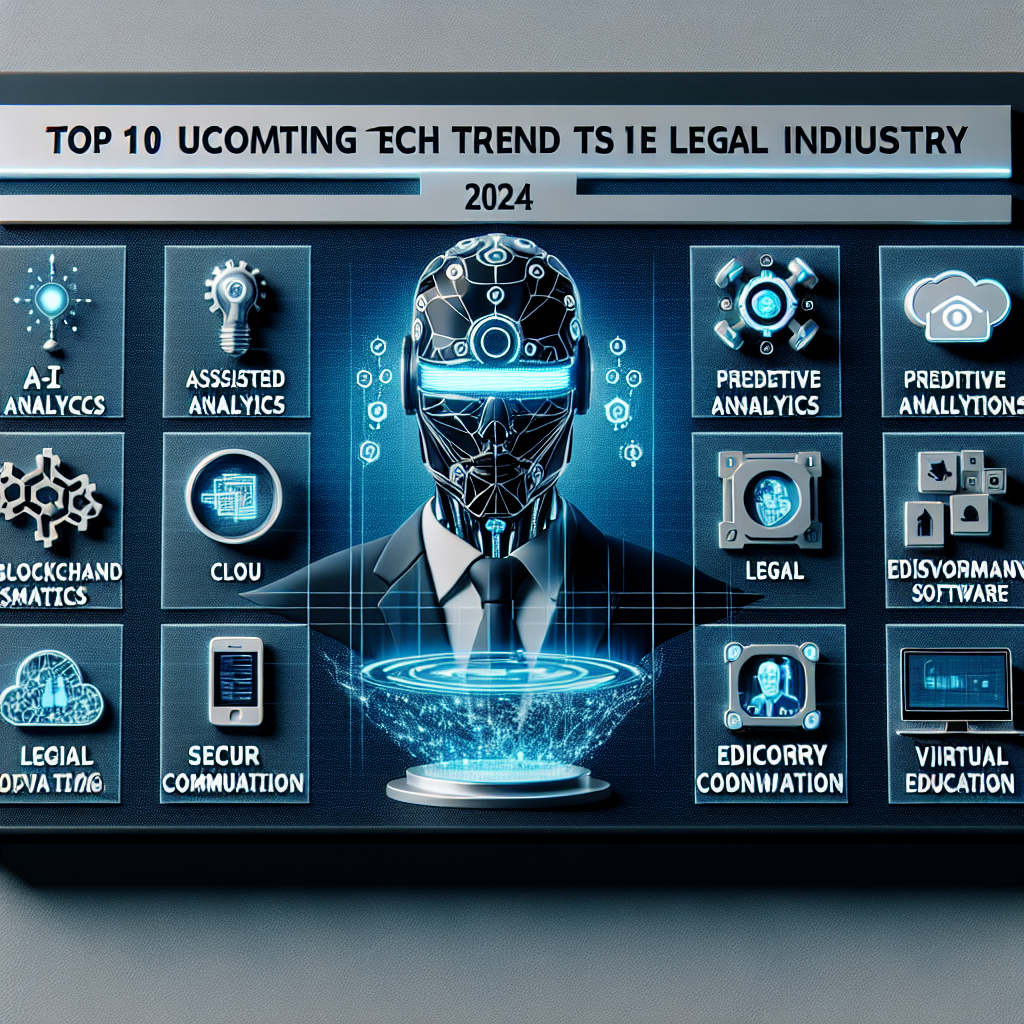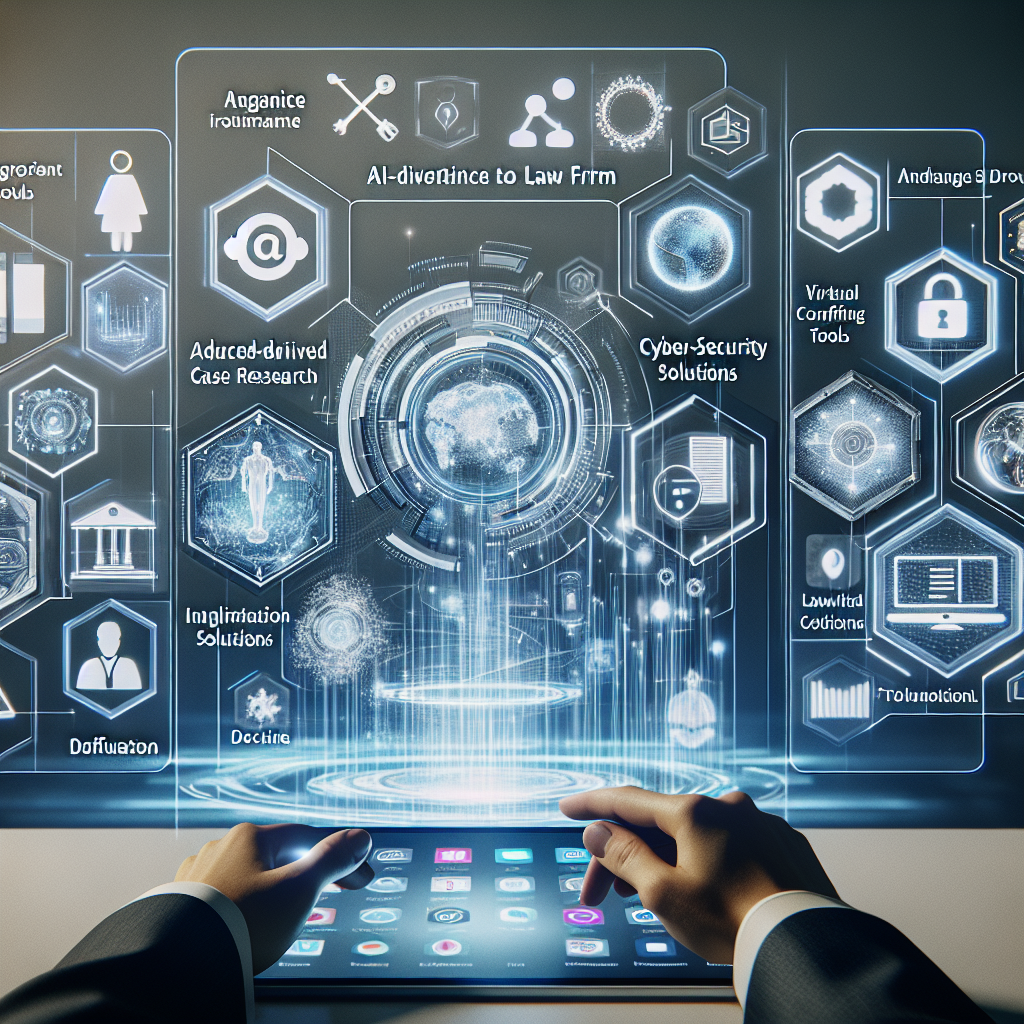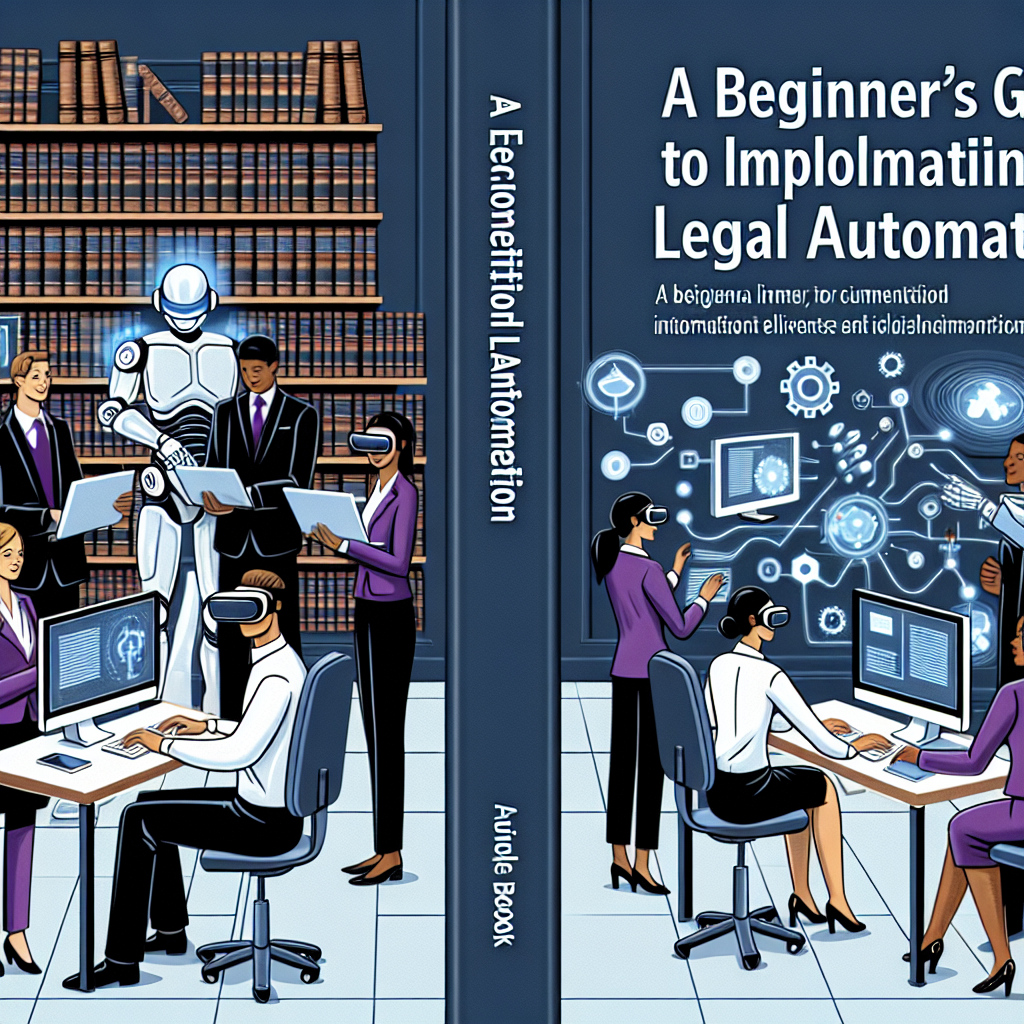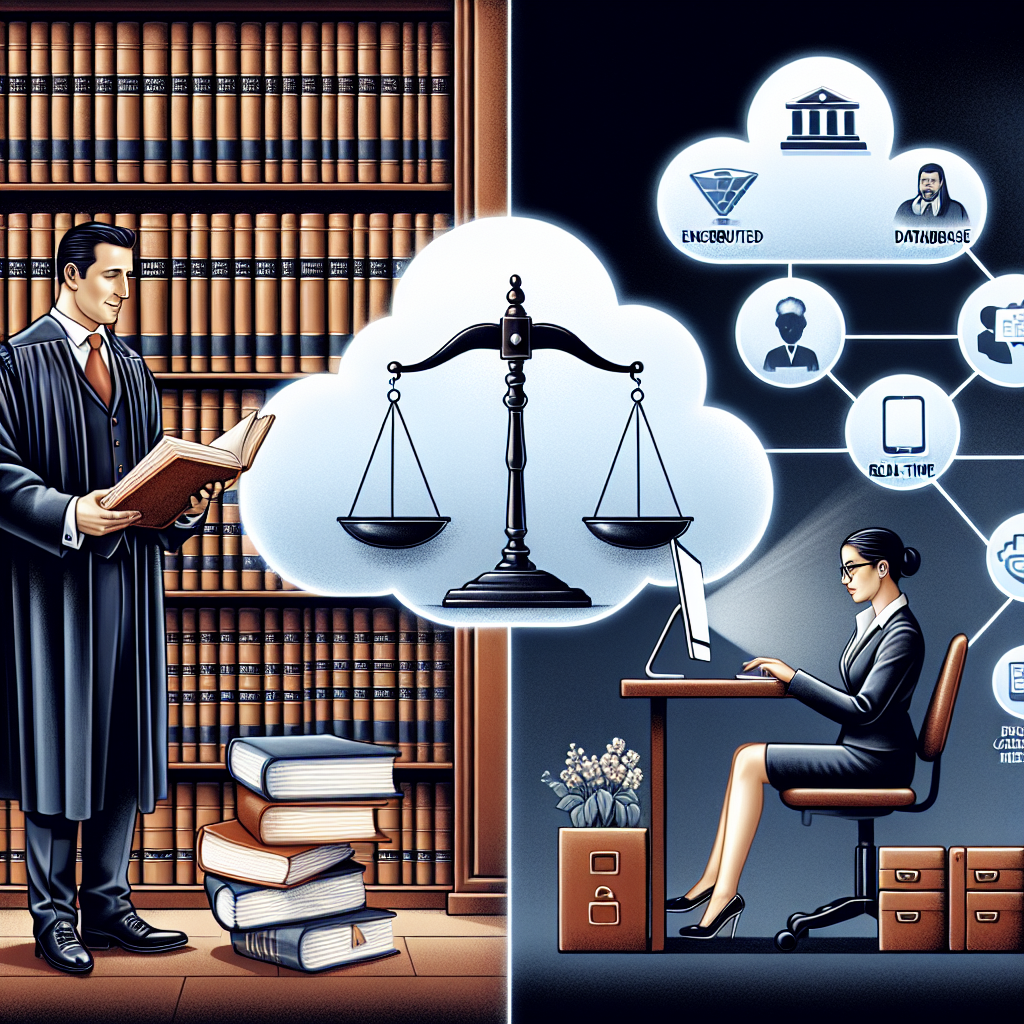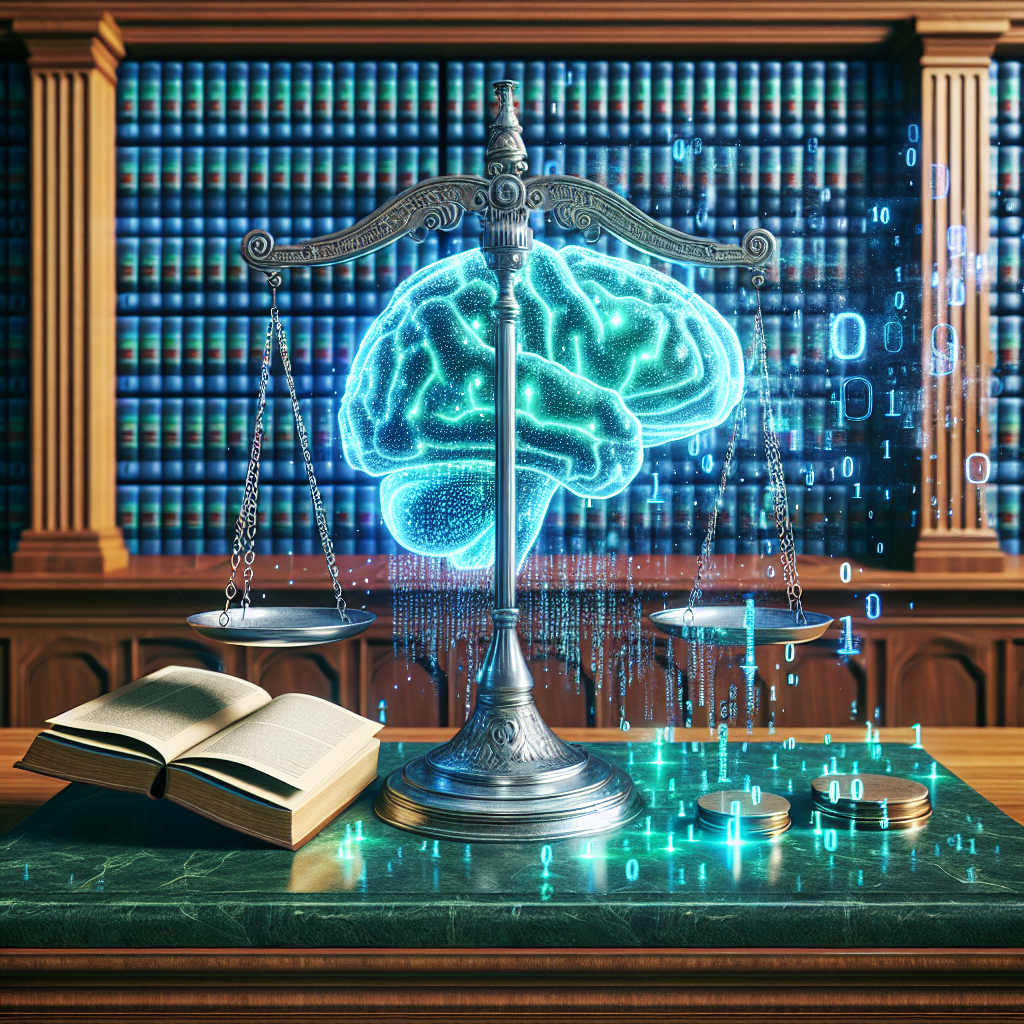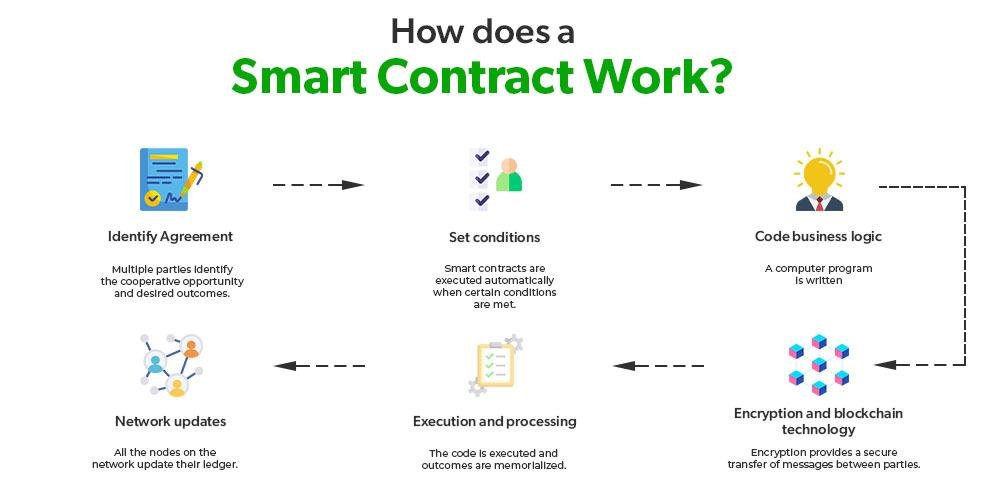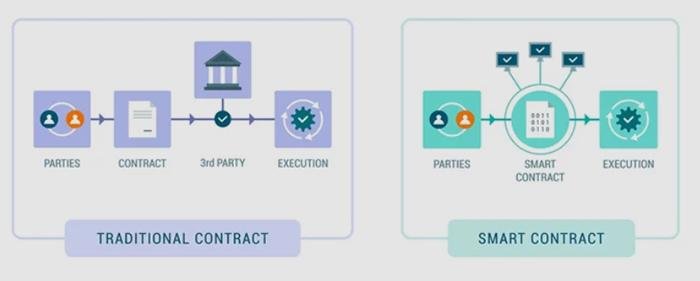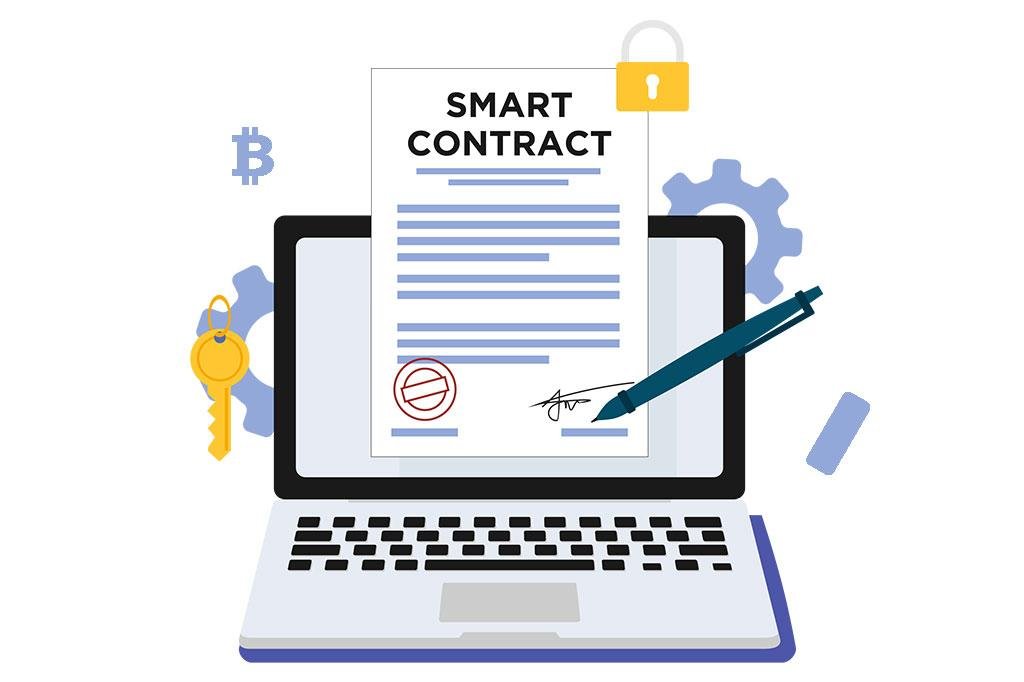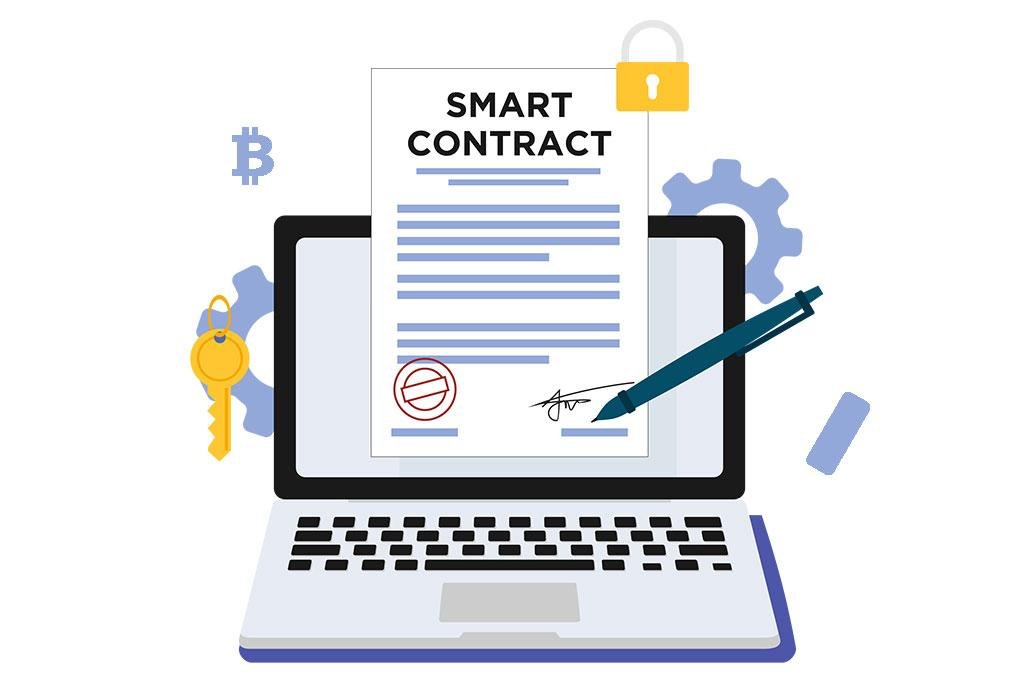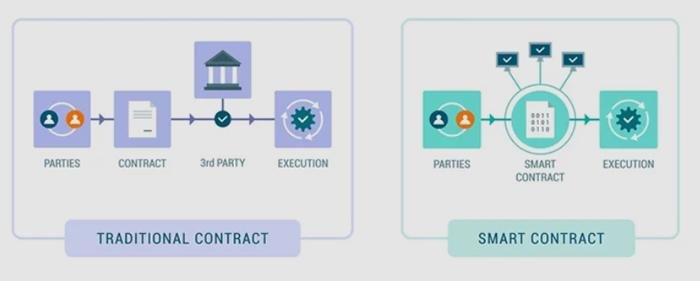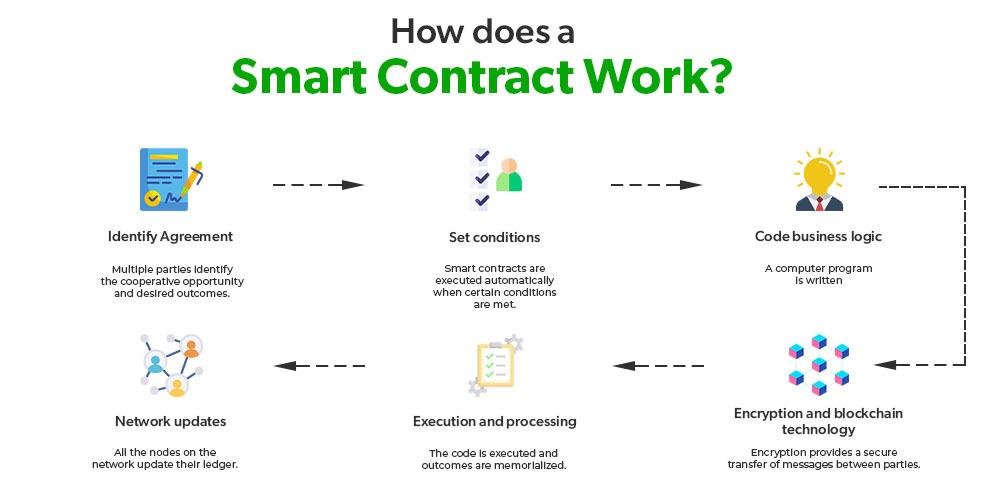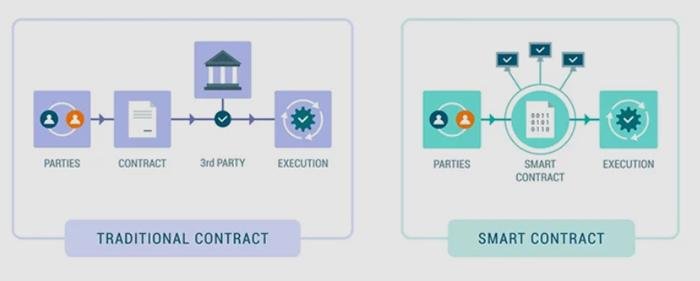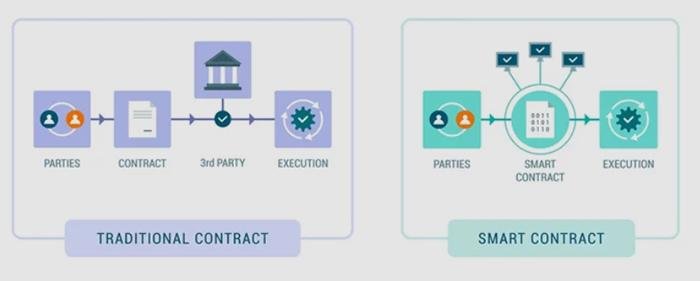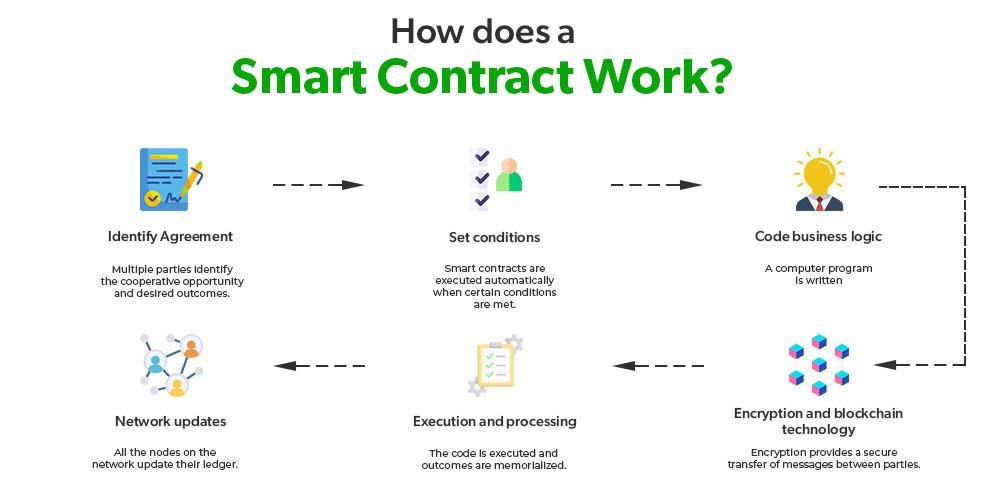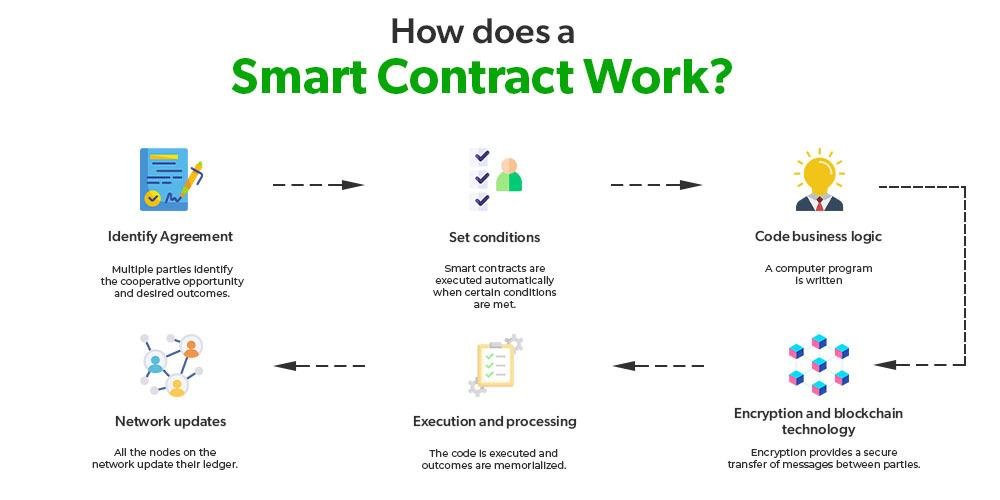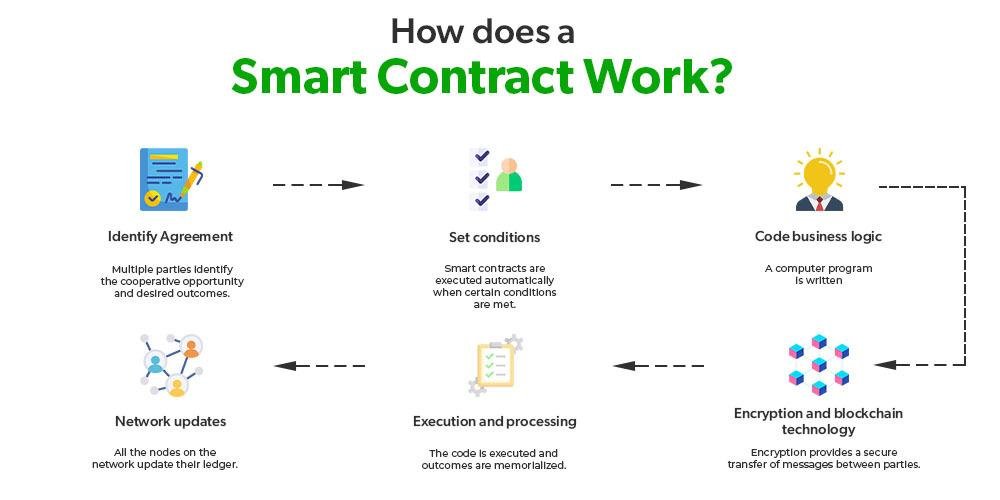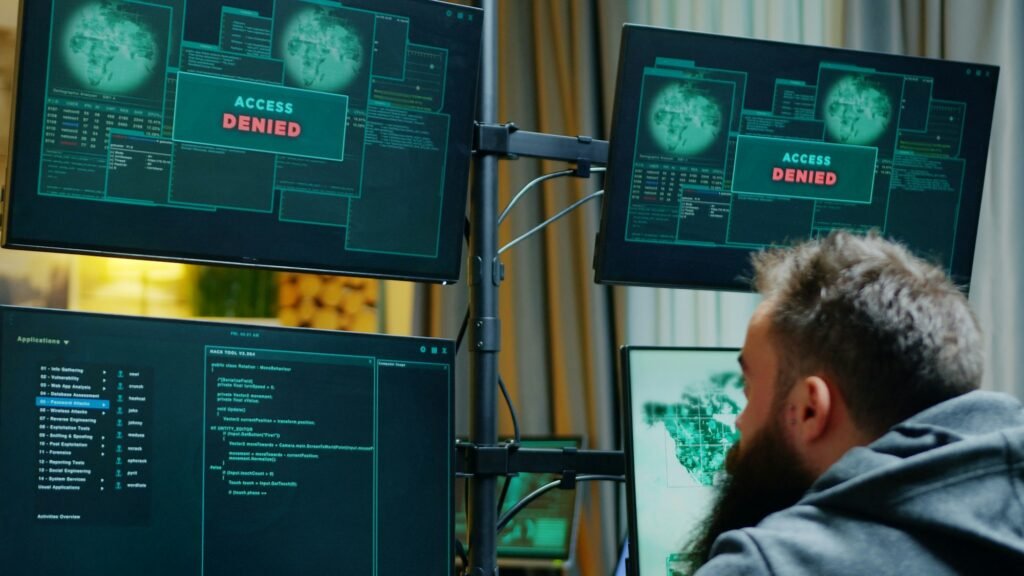Top 10 Legal Tech Trends to Watch in 2024

-
Table of Contents
Introduction
The legal industry is undergoing a transformative shift as technology continues to reshape the way legal services are delivered and consumed. As we move into 2024, several key trends are emerging that promise to redefine the landscape of legal practice. From the integration of artificial intelligence and machine learning to the rise of blockchain and smart contracts, these technological advancements are not only enhancing efficiency but also driving innovation in legal processes. Additionally, the increasing focus on cybersecurity, data privacy, and the adoption of cloud-based solutions are further influencing how legal professionals operate in a digital-first world. This introduction explores the top 10 legal tech trends to watch in 2024, highlighting the innovations that are set to revolutionize the legal sector and offering insights into how these trends will impact law firms, legal departments, and clients alike.
Artificial Intelligence in Legal Research
As we delve into 2024, the legal industry continues to undergo a transformative shift, largely driven by advancements in artificial intelligence (AI). Among the myriad of changes, AI’s role in legal research stands out as a pivotal trend, reshaping how legal professionals approach their work. This evolution is not merely about adopting new tools but about fundamentally altering the landscape of legal research, making it more efficient, accurate, and accessible.
To begin with, AI-powered legal research platforms are becoming increasingly sophisticated, offering capabilities that extend far beyond traditional keyword searches. These platforms utilize natural language processing (NLP) to understand and interpret complex legal queries, allowing lawyers to find relevant case law, statutes, and legal precedents with unprecedented precision. As a result, legal professionals can now spend less time sifting through vast amounts of data and more time focusing on strategic decision-making and client advocacy.
Moreover, AI’s ability to analyze large datasets quickly and accurately is revolutionizing the way legal research is conducted. Machine learning algorithms can identify patterns and trends within legal documents that might be missed by the human eye. This capability not only enhances the depth and breadth of legal research but also provides insights that can inform case strategies and predict legal outcomes. Consequently, law firms and legal departments are increasingly investing in AI technologies to gain a competitive edge in the marketplace.
In addition to improving efficiency, AI in legal research is also democratizing access to legal information. Traditionally, comprehensive legal research required access to expensive databases and resources, often limiting smaller firms and solo practitioners. However, AI-driven platforms are leveling the playing field by offering cost-effective solutions that provide access to the same high-quality information. This democratization is fostering a more equitable legal landscape, where all practitioners, regardless of their firm’s size or budget, can access the tools necessary to deliver exceptional legal services.
Furthermore, AI is enhancing the accuracy of legal research by minimizing human error. The automation of routine tasks, such as document review and citation checking, reduces the likelihood of oversight and ensures that legal professionals can rely on the information they gather. This increased accuracy is critical in a field where precision is paramount, and even minor errors can have significant consequences.
As we look ahead, the integration of AI in legal research is expected to continue evolving, with emerging technologies such as predictive analytics and blockchain further enhancing its capabilities. Predictive analytics, for instance, can forecast the likely outcomes of legal cases based on historical data, providing lawyers with valuable insights into potential case trajectories. Meanwhile, blockchain technology promises to enhance the security and integrity of legal documents, ensuring that the information used in legal research is both reliable and tamper-proof.
In conclusion, the role of artificial intelligence in legal research is a trend that is set to redefine the legal industry in 2024 and beyond. By improving efficiency, accuracy, and accessibility, AI is empowering legal professionals to deliver more informed and effective legal services. As these technologies continue to advance, they will undoubtedly play an increasingly integral role in shaping the future of legal practice, offering new opportunities and challenges for those willing to embrace them.
Blockchain for Secure Transactions
As we delve into the evolving landscape of legal technology, one of the most transformative trends to watch in 2024 is the integration of blockchain for secure transactions. This technology, originally developed as the backbone for cryptocurrencies like Bitcoin, is now making significant inroads into the legal sector, promising to revolutionize how transactions are conducted and recorded. Blockchain’s inherent characteristics of transparency, immutability, and decentralization make it an ideal solution for enhancing the security and efficiency of legal transactions.
To begin with, blockchain technology offers a level of transparency that is unparalleled. Each transaction recorded on a blockchain is visible to all parties involved, ensuring that there is a clear and indisputable record of every action taken. This transparency is particularly beneficial in legal contexts where trust and verification are paramount. For instance, in real estate transactions, blockchain can provide a tamper-proof ledger of property ownership, reducing the risk of fraud and disputes. Moreover, the decentralized nature of blockchain means that no single entity has control over the entire chain, further enhancing trust among parties.
In addition to transparency, the immutability of blockchain records is a game-changer for legal transactions. Once a transaction is recorded on a blockchain, it cannot be altered or deleted. This feature ensures that all records are permanent and verifiable, which is crucial for maintaining the integrity of legal documents. For example, in contract management, blockchain can be used to create smart contracts that automatically execute terms when predefined conditions are met. These smart contracts are not only efficient but also reduce the potential for human error and manipulation, providing a secure and reliable framework for legal agreements.
Furthermore, blockchain’s ability to streamline processes is another reason why it is gaining traction in the legal industry. Traditional methods of conducting transactions often involve multiple intermediaries, which can lead to delays and increased costs. Blockchain, however, allows for peer-to-peer transactions, eliminating the need for intermediaries and thus speeding up the process. This efficiency is particularly advantageous in cross-border transactions, where blockchain can facilitate faster and more cost-effective exchanges by bypassing the complexities of international banking systems.
As we look ahead to 2024, it is clear that the adoption of blockchain for secure transactions will continue to grow. Legal professionals are increasingly recognizing the potential of this technology to enhance security, reduce costs, and improve efficiency. However, it is important to note that the integration of blockchain into the legal sector is not without challenges. Issues such as regulatory compliance, data privacy, and the need for standardization must be addressed to fully realize the benefits of blockchain.
In conclusion, the trend of using blockchain for secure transactions is set to reshape the legal landscape in 2024. Its ability to provide transparency, immutability, and efficiency makes it an invaluable tool for legal professionals seeking to enhance the security and reliability of their transactions. As the legal industry continues to embrace digital transformation, blockchain stands out as a key technology that will drive innovation and change. By addressing the challenges and harnessing the potential of blockchain, the legal sector can look forward to a future where secure and efficient transactions are the norm.
Automation of Contract Management

In the rapidly evolving landscape of legal technology, the automation of contract management stands out as a pivotal trend to watch in 2024. As legal departments and law firms strive to enhance efficiency and reduce operational costs, the integration of automated solutions for contract management is becoming increasingly indispensable. This trend is driven by the need to streamline processes, minimize human error, and ensure compliance with ever-changing regulations.
At the heart of this transformation is the deployment of artificial intelligence (AI) and machine learning algorithms. These technologies are revolutionizing how contracts are drafted, reviewed, and managed. By leveraging AI, legal professionals can automate the extraction of key terms and clauses, significantly reducing the time spent on manual review. This not only accelerates the contract lifecycle but also allows legal teams to focus on more strategic tasks, thereby increasing overall productivity.
Moreover, the use of natural language processing (NLP) is enhancing the accuracy of contract analysis. NLP enables systems to understand and interpret the nuances of legal language, ensuring that critical details are not overlooked. As a result, organizations can mitigate risks associated with non-compliance and avoid costly legal disputes. This capability is particularly beneficial in industries with complex regulatory requirements, where precision and attention to detail are paramount.
In addition to AI and NLP, cloud-based contract management platforms are gaining traction. These platforms offer a centralized repository for all contract-related documents, facilitating easy access and collaboration among stakeholders. The cloud infrastructure ensures that contracts are securely stored and can be retrieved from anywhere, at any time. This flexibility is crucial in today’s globalized business environment, where teams are often dispersed across different locations.
Furthermore, the integration of blockchain technology is poised to enhance the security and transparency of contract management processes. Blockchain’s immutable ledger provides a tamper-proof record of all contract-related activities, ensuring that all parties have a single source of truth. This not only builds trust among stakeholders but also simplifies the audit process, as all changes and approvals are meticulously recorded.
As we look ahead to 2024, the automation of contract management is also expected to drive greater collaboration between legal and business teams. Automated workflows and real-time analytics provide valuable insights into contract performance, enabling organizations to make data-driven decisions. This alignment between legal and business objectives fosters a more cohesive approach to risk management and strategic planning.
However, the adoption of automated contract management solutions is not without its challenges. Organizations must navigate issues related to data privacy, integration with existing systems, and the need for ongoing training and support. To address these concerns, it is essential for legal teams to work closely with IT departments and solution providers to ensure a seamless implementation.
In conclusion, the automation of contract management is set to be a defining trend in the legal tech landscape of 2024. By embracing AI, NLP, cloud-based platforms, and blockchain technology, organizations can transform their contract management processes, achieving greater efficiency, accuracy, and security. As legal professionals adapt to these advancements, they will be better equipped to meet the demands of a dynamic and increasingly complex legal environment. This evolution not only promises to enhance the practice of law but also to redefine the role of legal teams in driving business success.
Virtual Reality in Courtrooms
As we delve into the evolving landscape of legal technology, one of the most intriguing trends to watch in 2024 is the integration of virtual reality (VR) in courtrooms. This innovative technology is poised to revolutionize the way legal proceedings are conducted, offering a new dimension of interaction and understanding for judges, juries, and legal professionals alike. Virtual reality, with its immersive capabilities, provides a unique opportunity to present evidence and recreate crime scenes in a manner that is both engaging and informative.
To begin with, the use of VR in courtrooms can significantly enhance the presentation of complex evidence. Traditional methods of presenting evidence, such as photographs, diagrams, and verbal descriptions, often fall short in conveying the full scope of a scene or event. However, VR can transport jurors to a three-dimensional recreation of a crime scene, allowing them to explore the environment as if they were physically present. This immersive experience can lead to a deeper understanding of the evidence, potentially influencing the outcome of a trial.
Moreover, virtual reality can play a crucial role in witness testimony. By using VR, witnesses can be placed in a virtual environment that replicates the scene of an incident, helping them recall details with greater accuracy. This can be particularly beneficial in cases where the witness’s memory may be unreliable or where the physical location is no longer accessible. Additionally, VR can assist in reducing the stress and anxiety often associated with testifying in court, as witnesses can provide their testimony in a controlled and familiar virtual setting.
Furthermore, the adoption of VR in courtrooms can facilitate more effective communication between legal professionals and their clients. Lawyers can use VR to walk their clients through the details of a case, ensuring that they fully understand the evidence and the legal strategies being employed. This can lead to more informed decision-making and a stronger attorney-client relationship. In addition, VR can be used for training purposes, allowing legal professionals to practice their courtroom skills in a realistic yet risk-free environment.
Despite the numerous advantages, the implementation of virtual reality in courtrooms is not without its challenges. One of the primary concerns is the potential for bias. The immersive nature of VR could lead jurors to form emotional connections with the virtual environment, potentially skewing their perception of the evidence. To mitigate this risk, it is essential to establish clear guidelines and standards for the use of VR in legal proceedings. Additionally, there are technical and logistical hurdles to overcome, such as ensuring that the necessary equipment is available and that all participants are adequately trained in its use.
In conclusion, the integration of virtual reality in courtrooms represents a significant step forward in the realm of legal technology. By offering a more immersive and interactive way to present evidence and facilitate communication, VR has the potential to enhance the fairness and efficiency of legal proceedings. As we move into 2024, it will be crucial for legal professionals to stay informed about this emerging trend and to consider how it can be effectively and ethically incorporated into their practice. With careful implementation and ongoing evaluation, virtual reality could become an invaluable tool in the pursuit of justice.
Cybersecurity Enhancements in Legal Tech
As we delve into the top legal tech trends to watch in 2024, one cannot overlook the critical importance of cybersecurity enhancements within the legal sector. The legal industry, traditionally known for its reliance on paper-based processes and face-to-face interactions, is undergoing a significant transformation driven by technological advancements. This shift, while offering numerous benefits, also presents new challenges, particularly in the realm of cybersecurity. As law firms and legal departments increasingly adopt digital solutions, the need for robust cybersecurity measures becomes paramount.
To begin with, the rise of cloud-based services in legal tech has revolutionized how legal professionals store and access data. However, this transition to the cloud also necessitates enhanced security protocols to protect sensitive client information from cyber threats. In 2024, we can expect to see a greater emphasis on end-to-end encryption and multi-factor authentication as standard practices within legal tech platforms. These measures are designed to ensure that data remains secure both in transit and at rest, thereby safeguarding against unauthorized access.
Moreover, the integration of artificial intelligence (AI) in legal tech is another trend that is reshaping the cybersecurity landscape. AI-powered tools are increasingly being used to automate routine tasks, such as document review and contract analysis, which not only improves efficiency but also reduces the risk of human error. However, the use of AI also introduces new vulnerabilities, as cybercriminals may attempt to exploit these systems. Consequently, legal tech providers are investing in advanced AI-driven cybersecurity solutions that can detect and respond to threats in real-time, thereby enhancing the overall security posture of legal organizations.
In addition to AI, blockchain technology is gaining traction as a means of bolstering cybersecurity in the legal sector. Blockchain’s decentralized nature and immutable ledger make it an ideal solution for ensuring the integrity and authenticity of legal documents. By leveraging blockchain, legal professionals can create tamper-proof records that are resistant to cyberattacks, thus providing an additional layer of security for sensitive information. As we move into 2024, the adoption of blockchain in legal tech is expected to increase, driven by the need for more secure and transparent processes.
Furthermore, the growing prevalence of remote work has underscored the importance of cybersecurity in legal tech. With legal professionals accessing sensitive data from various locations and devices, the risk of cyber threats has multiplied. In response, legal tech companies are developing more sophisticated virtual private networks (VPNs) and secure access solutions to protect data integrity and confidentiality. These tools are essential for ensuring that remote work does not compromise the security of client information.
Finally, as regulatory requirements around data protection continue to evolve, compliance will remain a key focus for legal tech providers. In 2024, we can anticipate stricter regulations and increased scrutiny on how legal organizations handle and protect data. This will drive the development of more comprehensive compliance tools that help legal professionals navigate the complex landscape of data protection laws while maintaining robust cybersecurity practices.
In conclusion, as the legal industry embraces digital transformation, cybersecurity enhancements in legal tech will be crucial in addressing the challenges posed by this new era. By adopting advanced security measures, leveraging emerging technologies, and prioritizing compliance, legal organizations can protect their most valuable asset—client trust—while reaping the benefits of technological innovation. As we look ahead to 2024, these cybersecurity trends will undoubtedly play a pivotal role in shaping the future of legal tech.
Data Analytics for Legal Decision-Making
In the rapidly evolving landscape of legal technology, data analytics has emerged as a pivotal tool for enhancing decision-making processes within the legal sector. As we look towards 2024, the integration of data analytics into legal practices is set to transform how legal professionals approach case management, client interactions, and strategic planning. This transformation is driven by the increasing availability of sophisticated data analytics tools that allow for more precise and informed decision-making.
One of the most significant trends in this domain is the use of predictive analytics to forecast case outcomes. By analyzing historical data and identifying patterns, legal professionals can predict the likelihood of various outcomes, enabling them to devise more effective strategies. This not only enhances the lawyer’s ability to advise clients but also improves the overall efficiency of legal proceedings. Moreover, predictive analytics can assist in risk assessment, helping firms to identify potential pitfalls and mitigate them proactively.
In addition to predictive analytics, the use of big data is becoming increasingly prevalent. Legal firms are now able to process vast amounts of information from diverse sources, including court records, legal documents, and social media. This comprehensive data analysis provides a more holistic view of cases, allowing for deeper insights and more nuanced decision-making. Furthermore, big data analytics can uncover trends and correlations that might otherwise go unnoticed, offering a competitive edge in legal strategy formulation.
Another trend to watch is the application of natural language processing (NLP) in legal analytics. NLP technology enables the analysis of unstructured data, such as legal texts and documents, by converting it into structured data that can be easily analyzed. This capability is particularly useful in legal research, where vast amounts of text need to be reviewed and understood. By automating this process, NLP not only saves time but also reduces the likelihood of human error, ensuring that legal professionals have access to accurate and relevant information.
Moreover, the integration of machine learning algorithms into legal analytics is revolutionizing how data is interpreted and utilized. Machine learning models can continuously learn from new data, improving their accuracy and efficiency over time. This adaptability is crucial in the legal field, where new precedents and regulations are constantly emerging. By leveraging machine learning, legal professionals can stay ahead of these changes, ensuring that their decision-making processes remain relevant and effective.
As data analytics becomes more embedded in legal practices, the importance of data security and privacy cannot be overstated. Legal firms must ensure that their data analytics processes comply with stringent data protection regulations to safeguard client information. This involves implementing robust security measures and maintaining transparency in data handling practices. As such, data governance is expected to become a key focus for legal firms in 2024, ensuring that the benefits of data analytics are realized without compromising client trust.
In conclusion, the integration of data analytics into legal decision-making is set to redefine the legal landscape in 2024. From predictive analytics and big data to natural language processing and machine learning, these technologies offer unprecedented opportunities for enhancing legal strategies and outcomes. However, as legal firms embrace these innovations, they must also prioritize data security and governance to maintain client confidence and uphold ethical standards. As these trends continue to evolve, they promise to not only improve the efficiency and effectiveness of legal practices but also to transform the very nature of legal decision-making.
Conclusion
In 2024, the legal tech landscape is poised for significant transformation driven by several key trends. Firstly, the integration of artificial intelligence and machine learning will continue to enhance legal research, contract analysis, and predictive analytics, making legal processes more efficient and accurate. Secondly, blockchain technology is expected to gain traction in areas such as smart contracts and secure digital identities, offering increased transparency and security. Thirdly, the rise of remote work and virtual law firms will be supported by advanced collaboration tools and cloud-based solutions, enabling more flexible and accessible legal services. Fourthly, cybersecurity will remain a top priority, with law firms investing in robust measures to protect sensitive client data. Fifthly, the adoption of legal automation tools will streamline routine tasks, allowing legal professionals to focus on more complex matters. Sixthly, data analytics will play a crucial role in decision-making, providing insights into case outcomes and client behavior. Seventhly, the use of e-discovery tools will become more sophisticated, improving the efficiency of handling large volumes of electronic evidence. Eighthly, client-centric platforms will enhance the client experience by offering personalized and on-demand legal services. Ninthly, regulatory technology (RegTech) will assist firms in navigating complex compliance requirements. Lastly, the focus on diversity and inclusion within legal tech will drive innovation and broaden perspectives in the industry. These trends collectively indicate a future where technology not only supports but also transforms the practice of law, making it more efficient, secure, and client-focused.










































